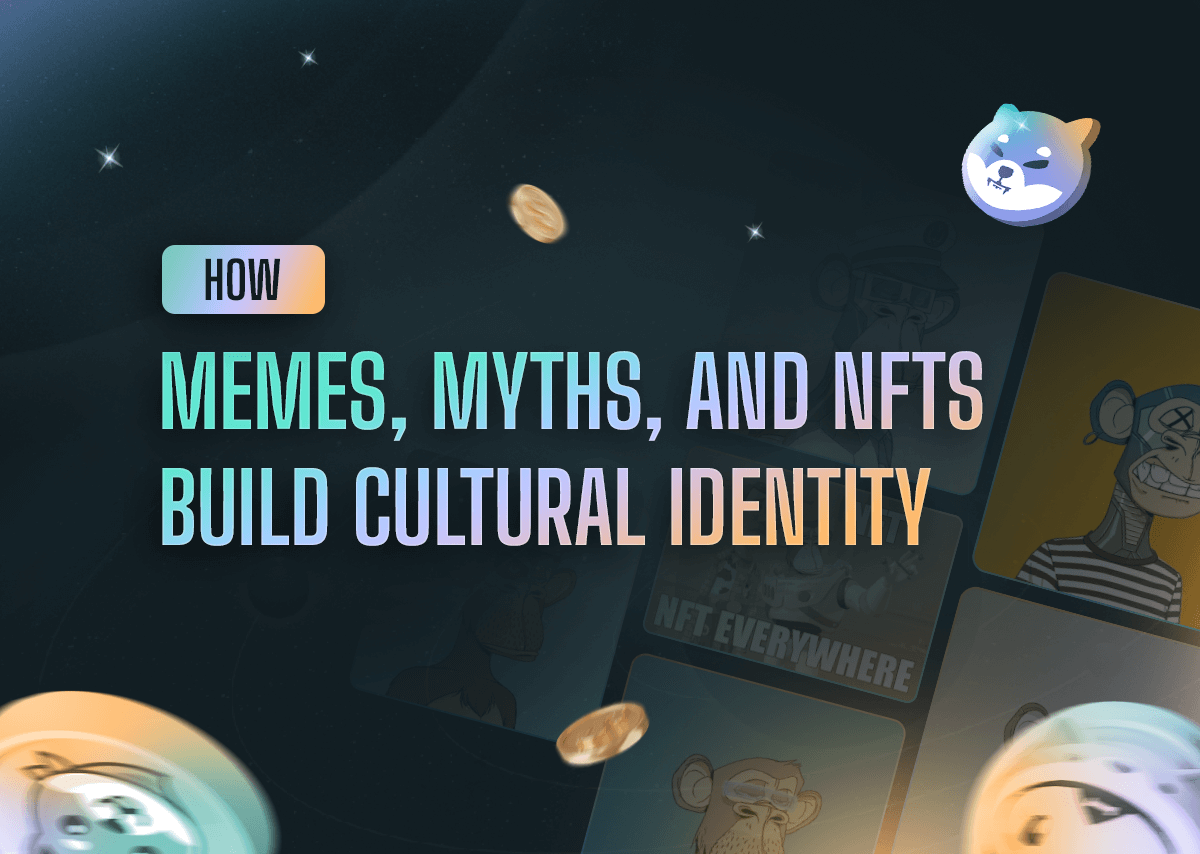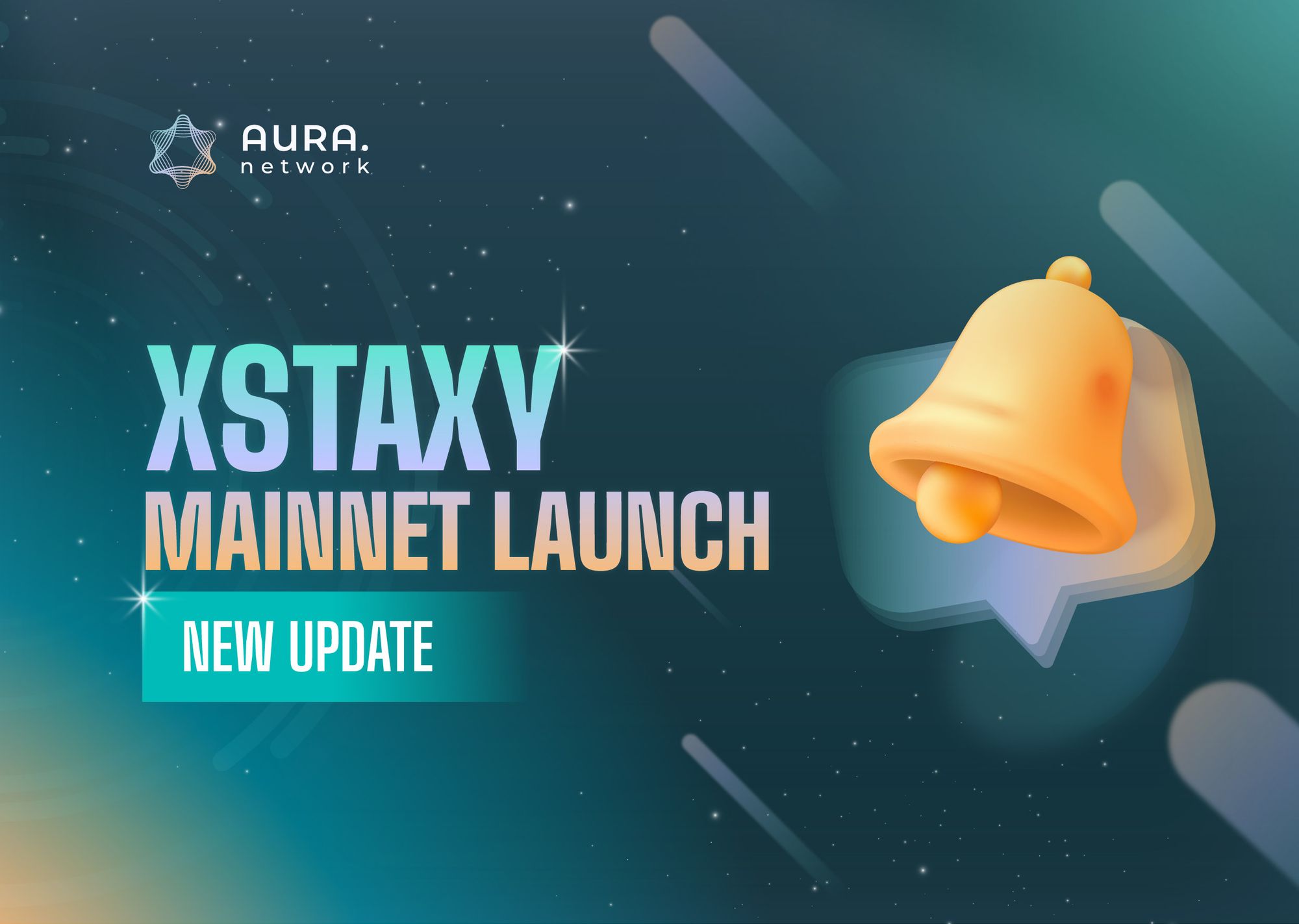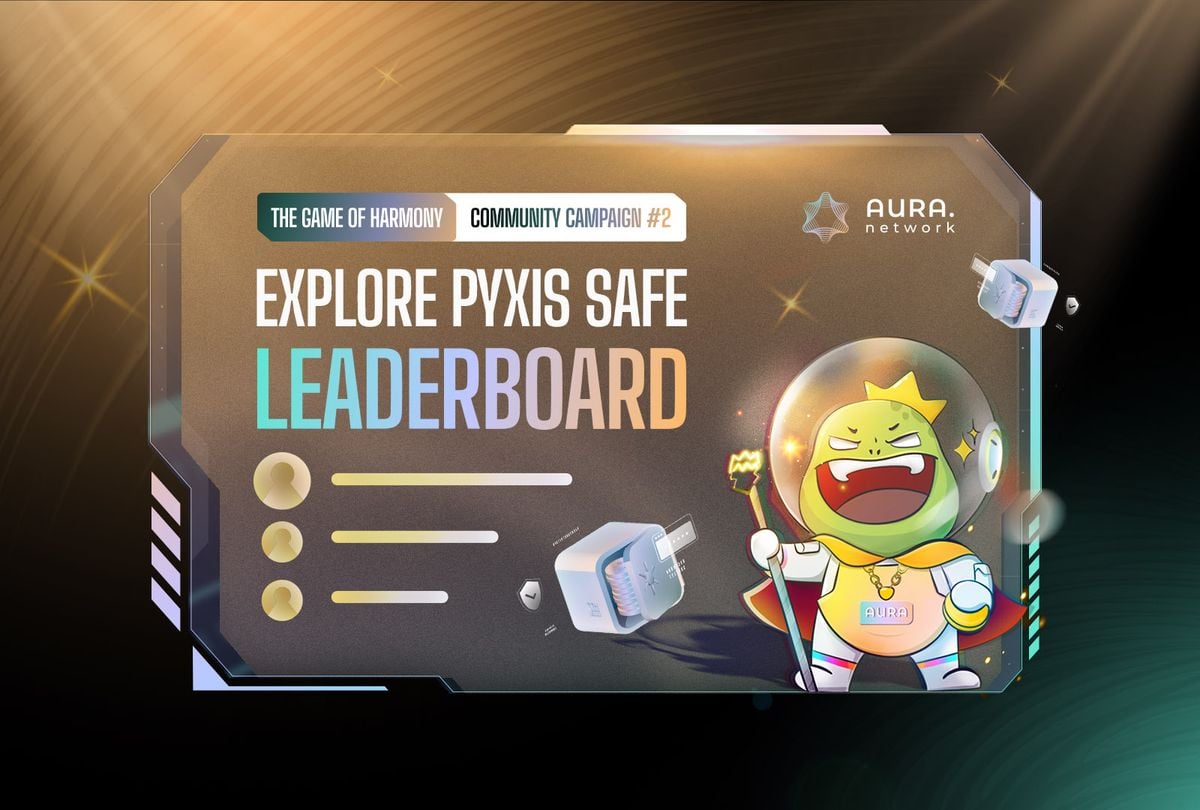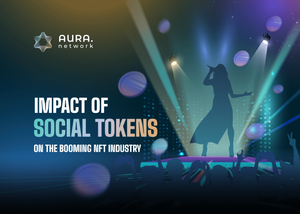More businesses are jumping on the NFT bandwagon, but very few understand the culture of NFTs. Of course, by now, many have realized that NFTs are beyond memes and JPEGs on the blockchain, but how can businesses map out their brand identity in the NFT industry? This article explains how to build cultural identity through images and storytelling.
From Memecoins to NFT memes
The culture of meme coins started as a joke making fun of the speculative nature. The most popular meme coin Dogecoin created by software engineers Billy Markus and Jackson Palmer, would eventually move from its satirical nature to creating a parabolic rise and fall in the Crypto market. Dogecoin even attracted the attention of billionaire Elon Musk who, after tweeting his support for Dogecoin saw the price increase by more than 50%. More meme coins like Shiba Inu, Safemoon, Cumrocket, and others were birthed from Dogecoin. However, they would result in short-term parabolic rises since these coins had little to no utility and were used for “pump and dump” schemes.
On the other hand, NFT memes provide a use case for meme owners whose images became random and were not compensated for years. For instance, ‘Success kid,’ a meme of a fist-bumping toddler, has circulated the internet for over a decade. With the meme becoming an NFT, the owner can finally earn dividends from their images.
Building your NFT community (Myths, memes, and storytelling)
For thousands of years, culture has been passed from one generation to another, from Egyptian hieroglyphics, Greek mythologies, artwork, and education. For every generation, a piece of myth from the previous generation sticks. How does this relate to NFTs today?
The use of myths reflects core values to imbibe as they are in-depth stories that a business or individual can relate to. However, some myths can be detrimental to how a brand positions itself. For instance, the following NFTs myths, which the way has debunked, can be harmful to a brand’s positioning.
- NFTs are just JPEGs on the blockchain
- Anyone can copy and paste an NFT and own it
- NFTs are a tool for money laundering
- NFTs are an environmental hazard.
So how do NFT brands position themselves? Simple, they tell a good story. A story that easily distinguishes the brand from other competitive brands and reflects the consumer's need. Either way, brands are involved in using myths to build a cultural identity structure, but most brands do not fully understand how it is to be done. For instance, the Red Panda Squad NFT collection sold out within 10 minutes and generated $3 million in sales. The Red Panda Squad NFTs did not just build a collection around NFTs, but it was genuinely connected to the 10,000 endangered red pandas left in the world today. This sensitization gives the listening audience a good understanding of how the brand's identity that interests them relates to them. Using the Red Panda squad NFTs, people from the Himalayans and Heung Duan Mountains might have a keen interest in the project. Why? Pandas are found in that part of the world, and they have a vast understanding of how endangered this species is compared to a random NFT user who only got to know through books.
Another NFT project that understands the concept of storytelling in the NFT space is Azuki NFT. The founder of the project, zagabound, said there are Asians who told him Azuki NFTs are the first set of NFTs they bought. This simple statement shows how the Azuki group was able to sell them their interest through their stories. Azuki NFT is a collection with an anime feel, so overs of the anime series or people from Asia will easily resonate with the brand faster. Despite the high floor price at launch, Azuki sold out its collections a few minutes after launch compared to other blue chip projects.
The use of memes in building NFT brands increases their growth potential. Easily, memes spike up the interest of the general internet users on topics they are specific on. When one of the crypto kitties, NFT, sold for $170, 000 which was the most expensive then, the internet got a buzz about how a digital cat could sell for that amount.
The word "meme" was first used by Richard Dawkins, defining it as cultural ideas that spread across society. There are only a few related to what NFT is. Even non-NFT memes are selling at high prices. Maurizio Cattelan created a famous meme by duct-taping a banana to a wall at Art Basel, selling for $120,000.
Ypulse, in its report, clearly states how young consumers have developed a bounding relationship with memes and how it has become a part of their visual language. To satisfy this audience and buy their interest, NFT brands now employ dedicated meme artists to pass out the project's values and give an identity to this growing audience.
In the process of using the meme culture, the core values of what NFT brands promote are passed, and the power the NFT possesses is easily identified. The meme that resonates well easily gets distributed across the internet, thereby growing the audience of such brands.
Building NFT brand identity with utilities
The use of NFT PFPs on social media opened up a new mode of storytelling. NFT PFP shows strong affinity, boosts interests, identifies class, and brings a new sense of belonging. The Bored. Ape Yacht club NFT is not limited to profile picture use as some people would think of it, but membership access to a club whose benefits and offerings increase over time. This asset connects people and folds them into a community that, when satisfied, promotes the brand indirectly through their use. Snoop Dogg and Eminem's use of their BAYC NFT in their music video not only made history in the NFT space but preached the NFT project to lovers of music who are ignorant of it.
Brands like Revuto have revolutionized the subscription space through its Revolution NFTs. The NFTs can be used to gain free access to streaming platforms, not excluding Netflix and Spotify. This use case has given NFTs and Revuto a cutting edge over other brands.
Users can now jump into the use of popular NFT brand artworks without copyright approval using Creative Commons (CC0). Projects like Goblin Town's NFT art are being used on wearables such as clothes, shoes, and bands, allowing collectors to redistribute or market it as they deem fit. Also, bigger brands like Burberry, Louis Vuitton, and Adidas have stepped up the NFT wearable game by collaborating with other NFT brands to provide a reputable service in the NFT space.
GameFi does not only give fun to gamers, but it has a way of rewarding the time spent by the gamers through its play-to-earn, free-to-play concept. NFT brands like Axie infinity have grown the number of gamers who now understand how effective NFTs can be in the digital space. NFTs are also used to change the operations of in-game collectibles, making them a specific item of value for gamers.
The Future of NFTs and memes
Telling a good story is a multiple-way growth system for NFT brands. Memes are easily influenced, and good stories quickly sell, but NFT brands that perfect their growth strategy with essential utilities have sustainable growth. While utilities promote brand identity and give the brand a voice amidst the crowd, creating a culture that fosters excitement amongst the community. The future of NFTs lies along the lines of constant innovation and only the brands that can tell their story, and build a culture around their products will last.










